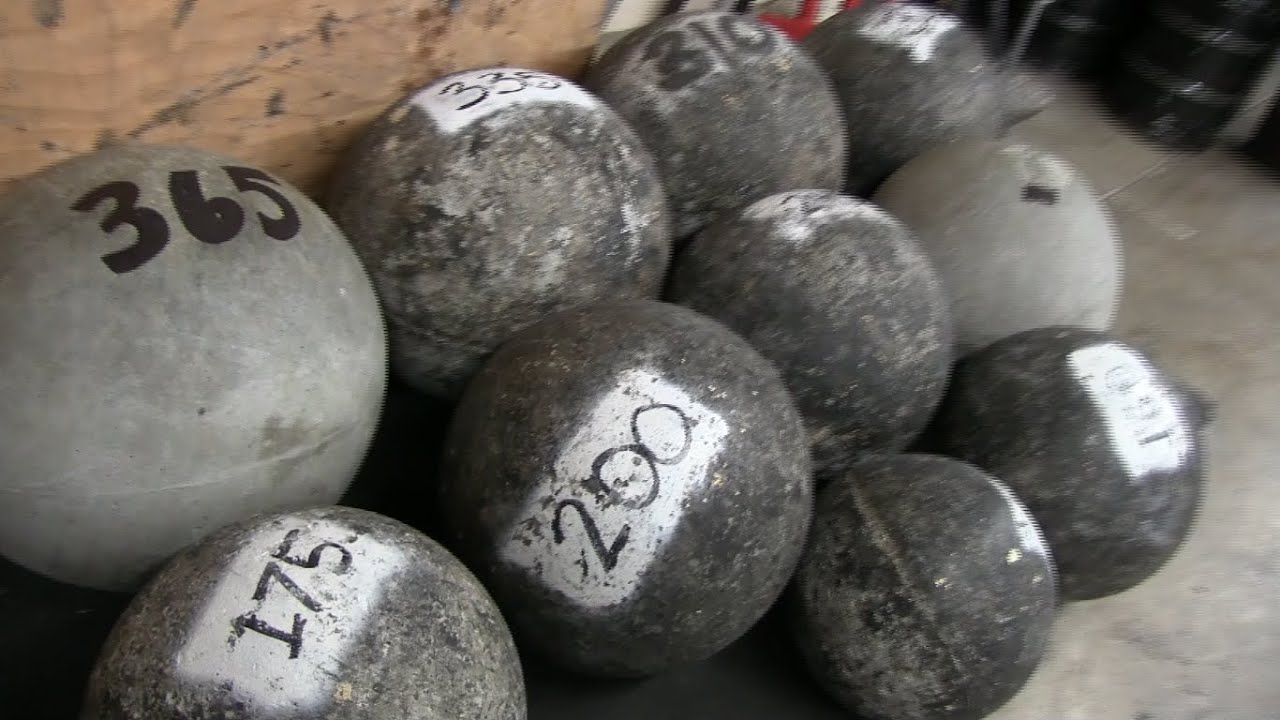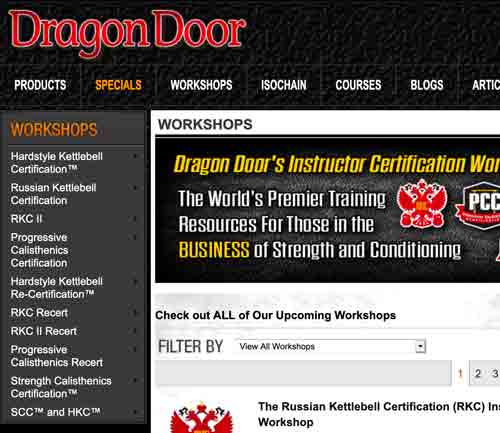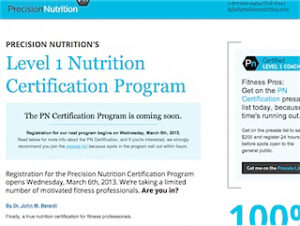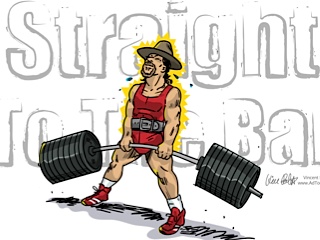
The clean pull is a variation of the Olympic lift. It starts out identically, but doesn’t have the same finish. With the clean pull, you don’t take it overhead like you do with the clean and jerk or snatch exercises. Instead, the lift finishes around your mid section or chest area. It looks like a deadlift playing in fast forward.
Why Include the Clean Pull In Your Program?
Aside from being a fun lift, there are a few other reasons you will want to include this lift in your workout.
If you are looking to develop maximal power, I don’t think you can find a weighted exercise to beat the clean pull. It is fast, fun, explosive, and works all the major muscles that help you jump higher and be more explosive. Training your explosive strength also trains your muscles to more readily activate the higher-threshold motor units. If you want to lift heavy, you are going to need them.
This one exercise can dramatically improve your power output giving you a greater ability to exert force at higher speeds. It teaches you to be explosive, working on the powerful triple extension of the hips, knees, and ankles.
This increased power is invaluable to every athlete, providing the explosiveness necessary to gain that important half step on the competition.
Athletes and non athletes alike will also benefit from:
- increased balance
- speed development
- increased coordination
- improved flexibility
- improved concentration and coordination
There is also the benefit of added muscle mass. The clean pull works every muscle in your posterior chain adding a great deal of upper body thickness, especially through the upper back and shoulders. This is perfect for both bodybuilders and athletes.
And of course there is the issue of safety. This is an extremely safe lift. There isn’t an eccentric component, but because of the incredibly fast bar speed, you can’t handle the same load as a deadlift or squat. Never will you have to strain to finish the lift like you would with the squat, bench, or deadlift. All in all, the clean pull has an extremely low injury rate.
How to Do It
Just like with every other exercise, there are going to be some differences and variations with technique. But what I have outlined here is a great starting place. Follow the instructions below and you’ll have a solid foundation to build upon, plus you’ll have a safe and effective workout.
Set Up
This may be the most important part of the lift because without a good starting position it’s extremely difficult to adjust during the lift to get a good rep. Without the proper setup, you are doomed before the bar leaves the floor.
The setup for the clean pull is a lot like a deadlift, but with a few subtle variations. Let’s get started. Since there’s no better starting point than the ground, we’ll start with the feet and work our way up.
Feet
Your feet will be flat on the floor about shoulder width apart, in the same position they would be if you were about to do a vertical jump. Your weight is evenly distributed throughout the entire foot.
With the bar resting against your shins, firmly grasp the bar with an overhand grip just outside your shins. When standing and still holding the bar, your hands will be on the outside of your thighs, just missing them.
Grip
There are two grips that you can use…
- regular clean grip
- wide or snatch grip
The 2 grips are very similar. The only real difference is how far apart your hands are.
The snatch grip is the wider of the two. Because it is so much wider, it requires more flexibility and will reduce the amount of weight you can lift. For simplicity, let’s stick with the regular clean grip. It’s the more common of the two. After you master the clean grip, the snatch grip will be an easy transition.
Straps are something to avoid at all costs, so adopting a hook grip will become essential if you want to move big weight. You might as well get started now while the load is light. It’s going to be uncomfortable at first, so get use to it with light loads. Taping your thumb will help somewhat, and is totally acceptable.
To do a hook grip, you are going to take an overhand grip. First, you’re going to wrap your thumb tightly around the bar. Then you will grip the bar and your thumb with the rest of your hand. Depending on the size of your hand and your comfort level, you may only get one finger around your thumb, but shoot for getting your first 2 fingers around your thumb, your trigger, and middle fingers.
Now that you have a firm grip on the bar, rotate your elbows outwards so they are in line with the bar. Picture your elbows pointing out towards the weights at the end of the bar.
Torso Position
The set up for the clean pull is a lot like the deadlift. The major difference is in your shoulder position. In the deadlift, your shoulders are either directly over the bar or slightly behind it. In the clean pull, your shoulders are in front of the bar. There are different schools of thought on this approach, the Chinese go with the frog stance so their shoulders aren’t as far over the bar. I don’t recommend this for anyone but the competitive Olympic lifter. Instead, you will want your shoulders to be well in front of the bar. Make sure to keep a flat back and your chest up.
Before you pull, take a deep breath. Make sure your shoulder blades are pulled back and your chest is nice and high. You are set, ready to begin the first phase of the pull.
First Pull
This phase of the lift starts from the floor and ends just above the knees. It’s slow and controlled.
Begin the pull by shifting your weight to your heels and driving them into the ground as though you were trying to shove the ground away.
Slowly extend your knees as your hips and shoulders rise together. The bar is going to stay close to your body and slide up your shins.
In this phase, it’s important that you keep your trunk at a fixed angle, exactly the way you had positioned yourself in the set up.
Second Pull
This is the explosive and powerful part of the movement. Starting where the 1st pull left off, just above the knees.
The speed of the bar is going to enter an acceleration phase. The object here is to move the bar as fast as possible.
Forcefully and quickly extend hips and knees and plantar-flex ankles, so you end up standing on your toes.
Just like in the first pull, the bar will stay nice and tight to your body.
You should look like this…
Back flat, elbows pointing out to the sides and head neutral. Make sure to keep your shoulders over the bar and arms straight for as long as possible.
Finish
The last part of the exercise is a violent shrug. When lower body joints reach full extension, rapidly shrug the shoulders up and towards your ear lobes and back.
It’s important that you don’t try and pull with your arms. Keep them straight for as long as possible, only allowing them to bend from the momentum generated from the bar.
If you have bumper plates, let the bar fall to the ground, guiding it as it falls. Get set and repeat.
Sets and Reps
Power exercises don’t have the same sets and reps or total volume as you would see in a typical bodybuilding style workout. Because of the high demands and the fatiguing nature of the lift, you get the most out of the movement if you keep your reps to 5 or less in any given set.
Excluding warm-up sets, you wouldn’t do any more than 8 sets. The sets and reps will vary depending on what phase you are in your program. But regardless of the phase, your total volume will fall between 6 and 25. You will never exceed 25 reps, and never go below 6 reps.
You can break the volume up anyway you like as long as you stay in the recommended range of sets and reps. A few examples…
- 5 sets of 5
- 8 sets of 3
- 4 sets of 4
- 5 sets of 2
- 2 sets of 5, then 2 sets of 3, then 2 sets of 1
As you can see, the combinations are nearly endless. This allows you to individualize your workout and to build in a progressive overload.
Everyone is going to have good days and bad days. The flexibility here allows you change the volume and load as needed. If you are having a good day, why not ride the wave and throw in another set or rep? Just make sure you don’t do more than 8 sets or 25 reps.
It works in reverse too. If you didn’t get any sleep, or are not fully recovered and not feeling it one day, it’s fine to lower your reps and sets to make sure the bar speed remains lightning fast.
Rest
This exercise is all about bar speed. You have to be explosive and quick. To ensure that you maintain the fastest possible bar speed, make sure you get plenty of rest between sets. Feel free to take anywhere from 2 to 6 minutes between each set.
You know you’re not resting long enough for the weight you’re lifting if there’s a noticeable decrease in bar speed. If the bar starts to move slow, either reduce the weight or increase your rest between sets.
To make efficient use of your time, use your rest to work on some of the smaller overlooked muscles like your shoulder external rotators or stretch out a tight muscle.
Load
Speed is important, and that’s ultimately what will dictate how much weight you use. Unlike the bench, squat or deadlift, there isn’t any grinding or fighting to finish the exercise. Every rep of every set has to be done as quickly as possible.
There is no clear relation between a clean pull and the squat or deadlift. Start light and add weight over time. Going too light is better than going to heavy. If you need a number, start with 30% of your deadlift and work up from there.
If it’s too light, work to perfect your technique and move that bar faster than you thought possible.
Demonstration
Here’s what it looks like in action :
When to Do Clean Pulls
Regardless of how you have your program structured, the clean pull must be one of the 1st exercises you do. Because this exercise is performed explosively, you want to be fresh; making sure you can generate lots of power.
With the elements of technique involved, you will need to be fresh as technique will deteriorate the more fatigued you become.
The clean pull is a great exercise to improve your power and add some muscle mass. Remember to keep your chest up, move the bar quickly, and not to exceed 25 reps and you will reap all the benefits this exercise has to offer.











0 Comments